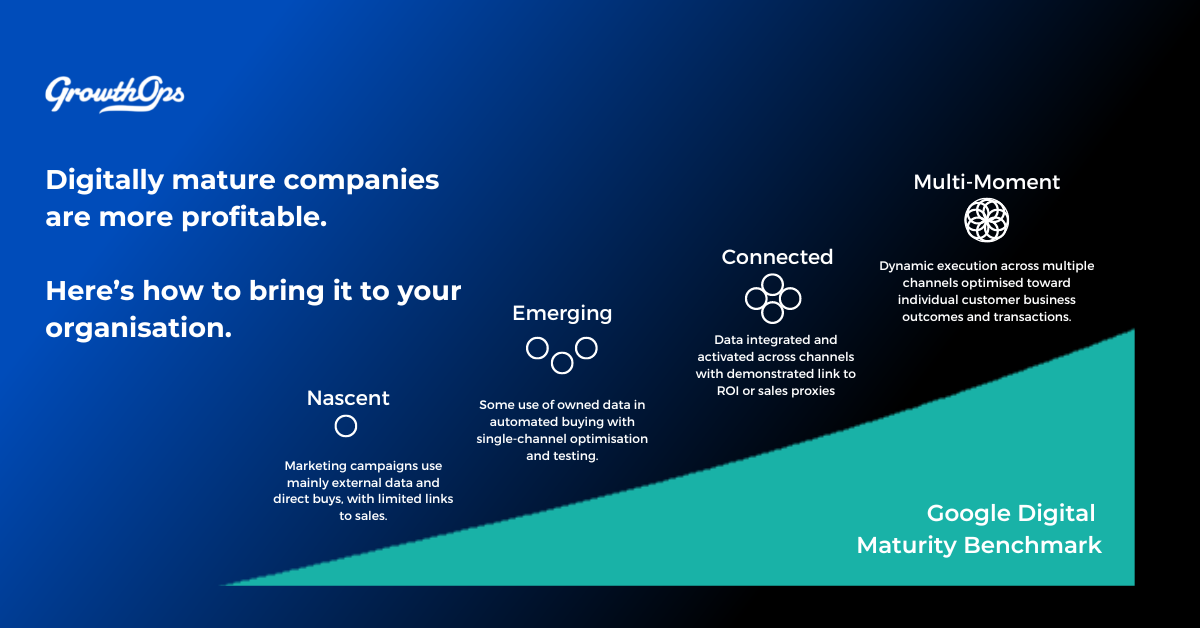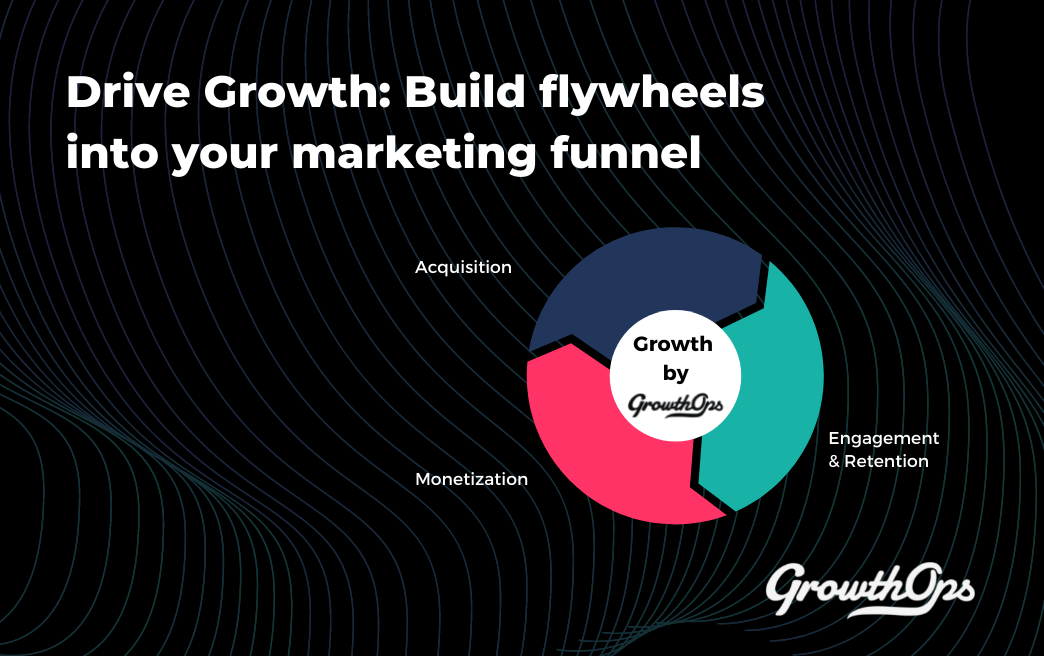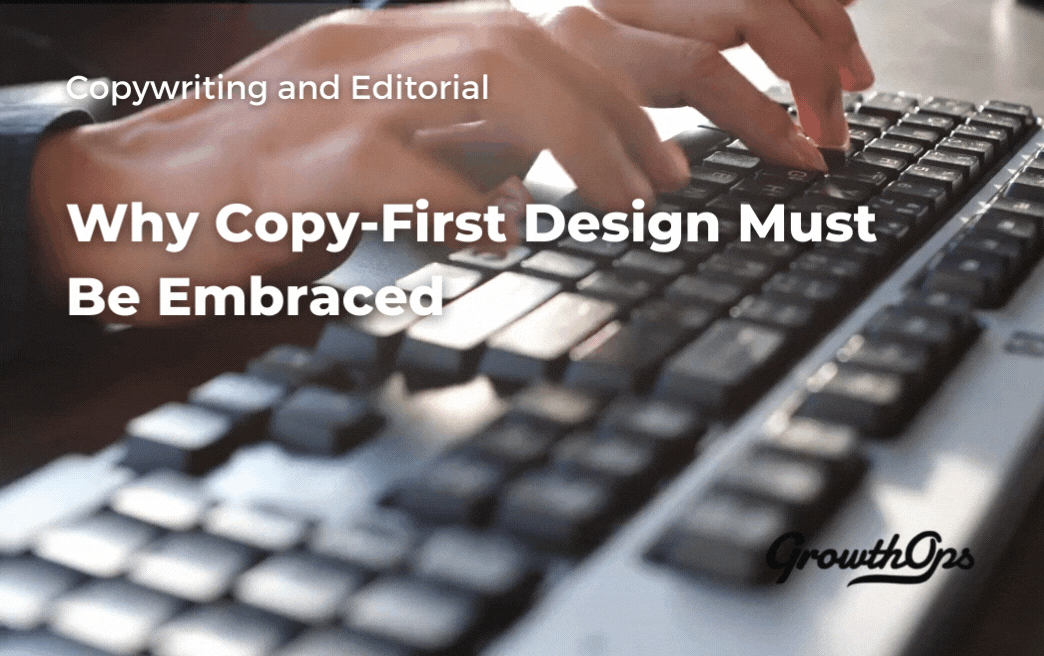At the turn of the decade, technology had already begun to change the nature of self-identity. Since then, James Earl Jones has sold his voice to Disney; brands like Maybelline have launched digital avatars; and deepfakes are now a genuine area of concern, as evidenced by the publication of photos showing Trump being forcibly arrested, and those of Pope Francis wearing a Balenciaga jacket.
The root of this is generative AI, a type of artificial intelligence (AI) capable of creating original content. Since the release of ChatGPT in November 2022 by OpenAI, companies like Midjourney, Runway, Adobe, Google and Microsoft have all jumped on the bandwagon.
The idea that computers could be creative was once the science fiction of yesterday. Now, it has become an everyday tool to help those in creative roles do their everyday job better.
Companies and users in Singapore and Malaysia are reporting that they are using it to generate ideas, draft documents, and conduct research. Last year actor-playwright-director Liu Xiaoyi experimented with AI to write scripts for Singapore theatre and found that over 30% of the audience believed that they were written by humans. Does he think it is good enough to be professionally staged? He says, “Never say never.”
A market for “hand-crafted creatives and codes”
One of the questions that confront creatives when they use generative AI might be, “How much help is too much help?” As AI becomes more prevalent with its shiny, slickly generated content, this may result in a backlash and a growing demand for more human “acoustic and pixel-imperfect” products.
Interestingly, a study of 385 participants who reviewed poems written by AI and professional poets found it challenging to distinguish between the haiku penned by humans and those generated by AI. However, they gave lower scores to poems they believed were penned by AI. The same pattern was seen in studies where participants were presented with AI-generated vs human-made artworks.
To preserve the genuine human element, some companies will begin to proudly offer “AI-free” services targeted to clients that will viscerally appreciate it, similar to how a select group prefers vinyl records or hand-crafted artisanal coffee. However, this will ultimately be a niche market with a higher price point, and will not be the primary model of work in the creative industries in the future.
Introducing the department of infinite creativity
See also: Navigating the competitive landscape of venture capital funding
At the other extreme will be entire creative departments almost wholly powered by AI. They would need to be led by highly disruptive and innovative experts — but their staff and productivity will be led by machines. Currently, it is almost possible for somebody to develop a feature-length film script, a 20-page website or even 100 banner ads on their own, with the help of generative AI tools.
The creative output of visual effects and animation sweatshops in developing countries will be replaced by banks of neural networks. Even now, management consulting companies that outsource the creation of presentation slides to Bangalore are shortcutting the process with the single click of a button.
Yet, humans still need to work as a biological interface to a silicon workhorse. Tasks such as getting briefs, creating proposals, and evaluating results cannot yet be reliably automated. Even somebody unbounded by technology will still be limited by the physical constraints of time and deadlines.
Procurement procedures will thereby relook at how we put a value on work done. In Asia, spreadsheets currently calculate invoices based on man hours and headcounts. Now, more progressive businesses will prefer to work with the personalities behind AI, and somewhat paradoxically, the Infinite Agency will also be a more niche model.
The inevitable hybrid organisation
Since 2016, Emmanuel Koh, an assistant professor at the Singapore University of Technology and Design, has been utilising deep neural networks to generate innovative architectural designs. This has allowed architects to focus on the more creative aspects of their work, leading to new and exciting design possibilities.
This Goldilocks use case of employing AI may be where the most modern organisations are headed, with companies embedding processes with technology to improve efficiency and productivity, leaving humans to add value where it truly matters. The rise in popularity of AI has added efficiencies in fulfilling more mundane tasks. It is already being used to draft letters of introduction to new clients. It edits and proofreads to polish first drafts not written in an employee’s first language. It is used to fine-tune otherwise inadvertently offensive apologies by customer service.
To stay ahead of the latest tech trends, click here for DigitalEdge Section
A recent real-world study has shown that workers given access to generative AI tools became 14% more productive, while other research also notes that employees who feel supported by technology are 2.3 times more engaged in their jobs. This means workers of the future will not only use technology to do their jobs better but will also be happier doing so.
Nevertheless, in the short term, companies will need to be transparent in communicating with clients on what work is being automated and what is not. There will also be fundamental long-term shifts in the makeup of organisations that will cause challenges in adopting this model.
A premium on critical thinking
A recent study by Open AI on the impact of large-language models, like ChatGPT, on the workforce concluded the following in the type of industry it serviced: “We discover that roles heavily reliant on science and critical thinking skills show a negative correlation with exposure, while programming and writing skills are positively associated with exposure.”
So, the war for talent will shift from purely digital and technical skills to strategic ones. Companies with an ingrained culture of thinking strategically will succeed in using AI as a research tool. The ability to challenge ideas and stand out from commonality will set companies in the creative space apart. By using prompts, account managers can save time on administrative tasks to focus on understanding client needs and connect strategy with execution while also learning new skills.
Another upcoming issue for companies that rely on AI to help them with day-to-day tasks is that they also tend to be ones farmed out to more junior or inexperienced roles in the office. So the paradox facing human resource departments is how do you train for tomorrow without making redundant hires today?
One possible outcome may be a reversal of ageism that we have seen in the industry up until now. The old experienced creative capable of original ideas may be a preferential hire compared to a fresh graduate when equipped with these new tools. But in the long term, organisations will need to prioritise building a culture and specific training programmes to equip young talents with the mindset to maximise the opportunities generative AI presents appropriately.
In conclusion, whichever road you intend to take in using AI to help you work, this shift will require organisations to prioritise strategic thinking and address talent training to avoid making redundant hires.
This article originally appeared at The Edge.

Digitally mature companies are more profitable. Here’s how to bring it to your organisation.
From buzzword to business necessity, digital transformation continues to be a top priority for many CEOs. According to Gartner’s CIO Agenda 2023, four out of five CEOs...…

.png)

